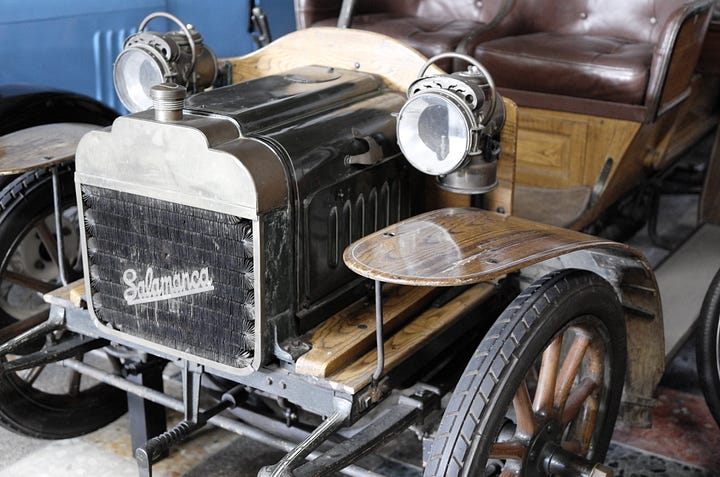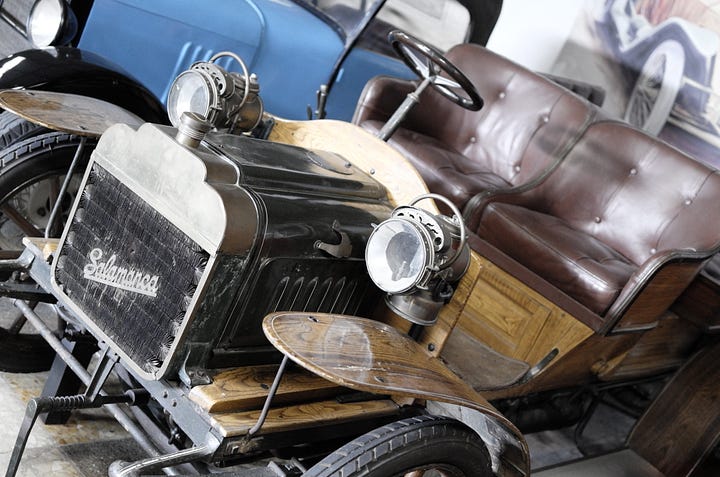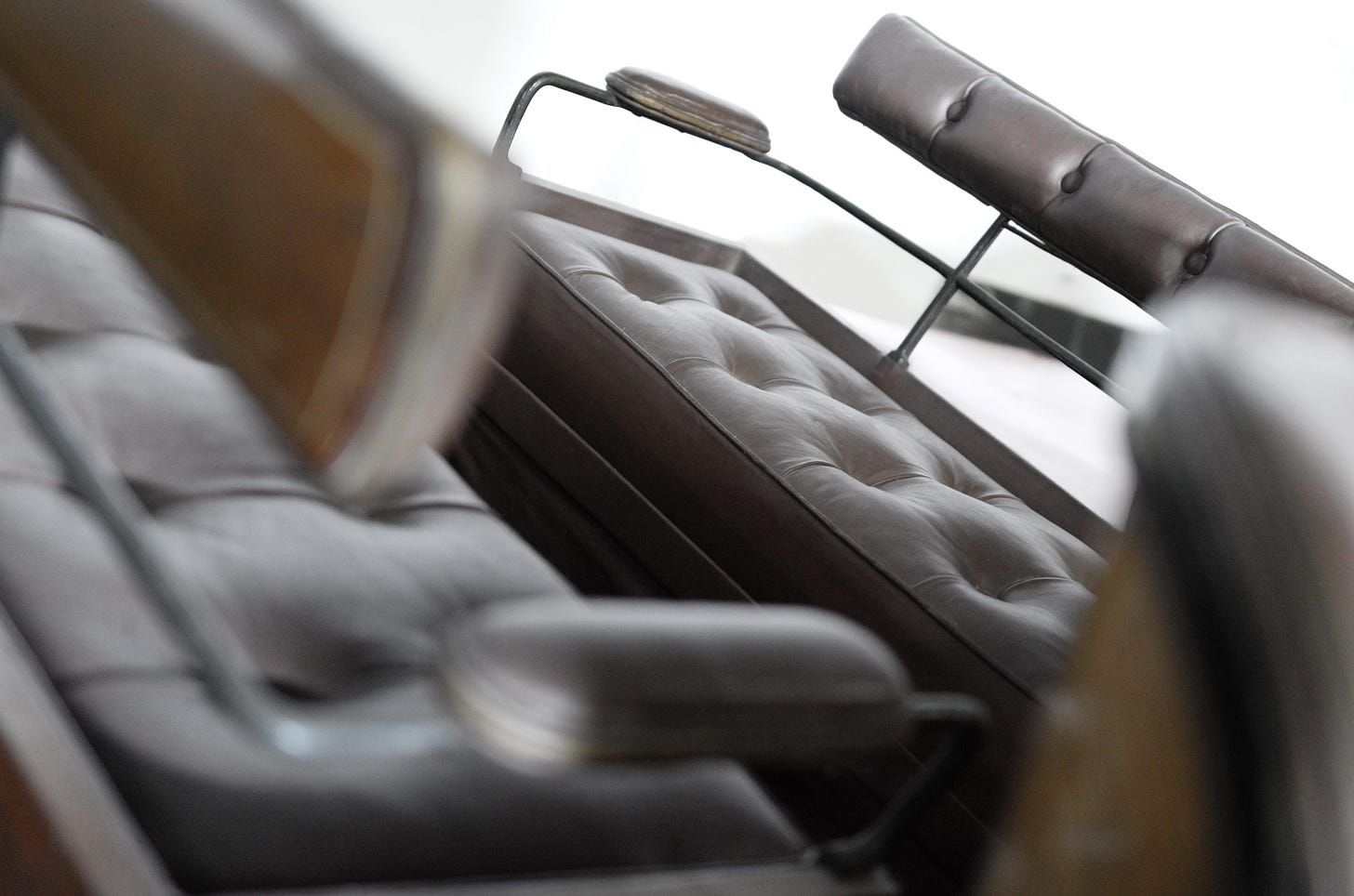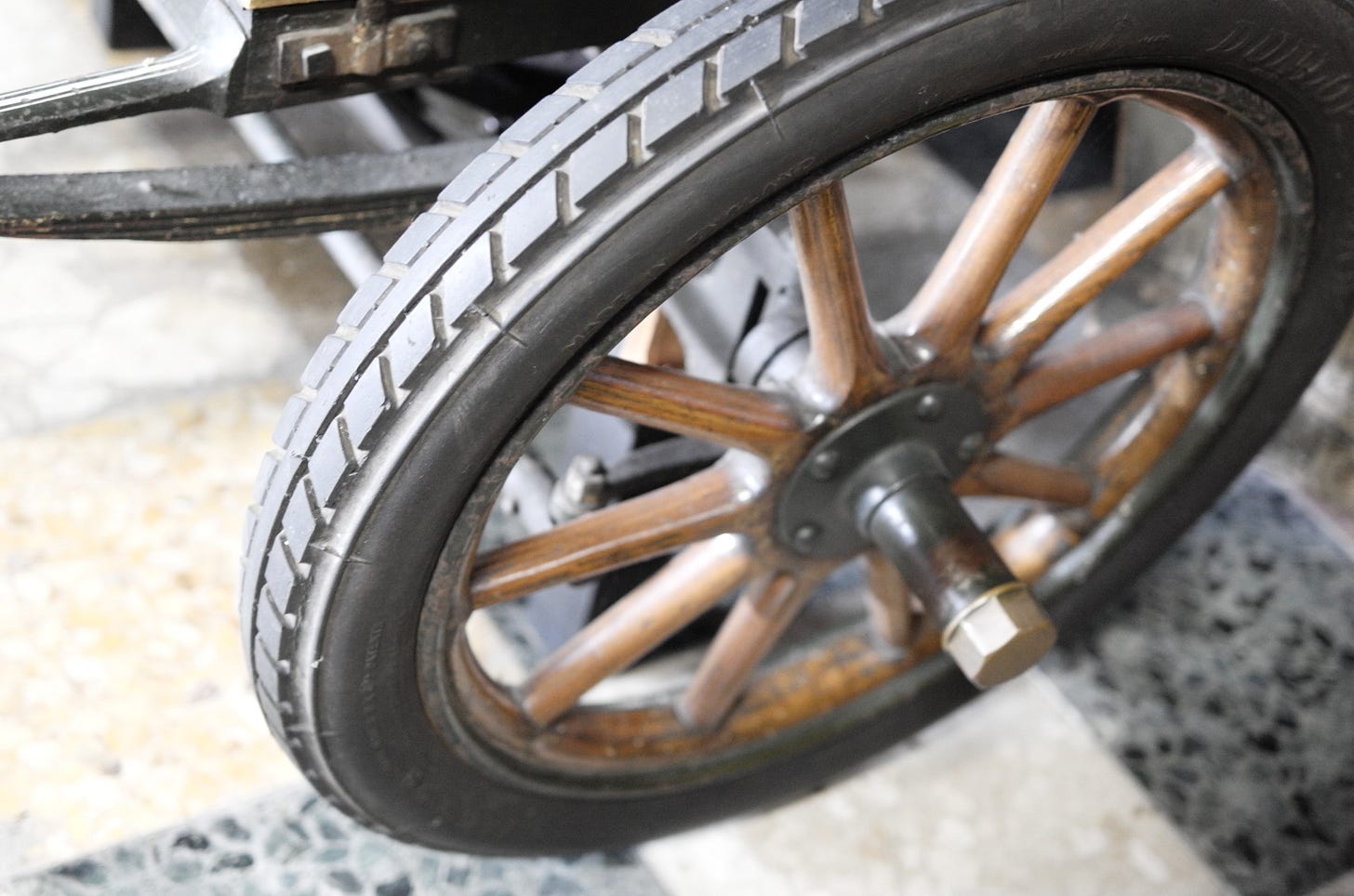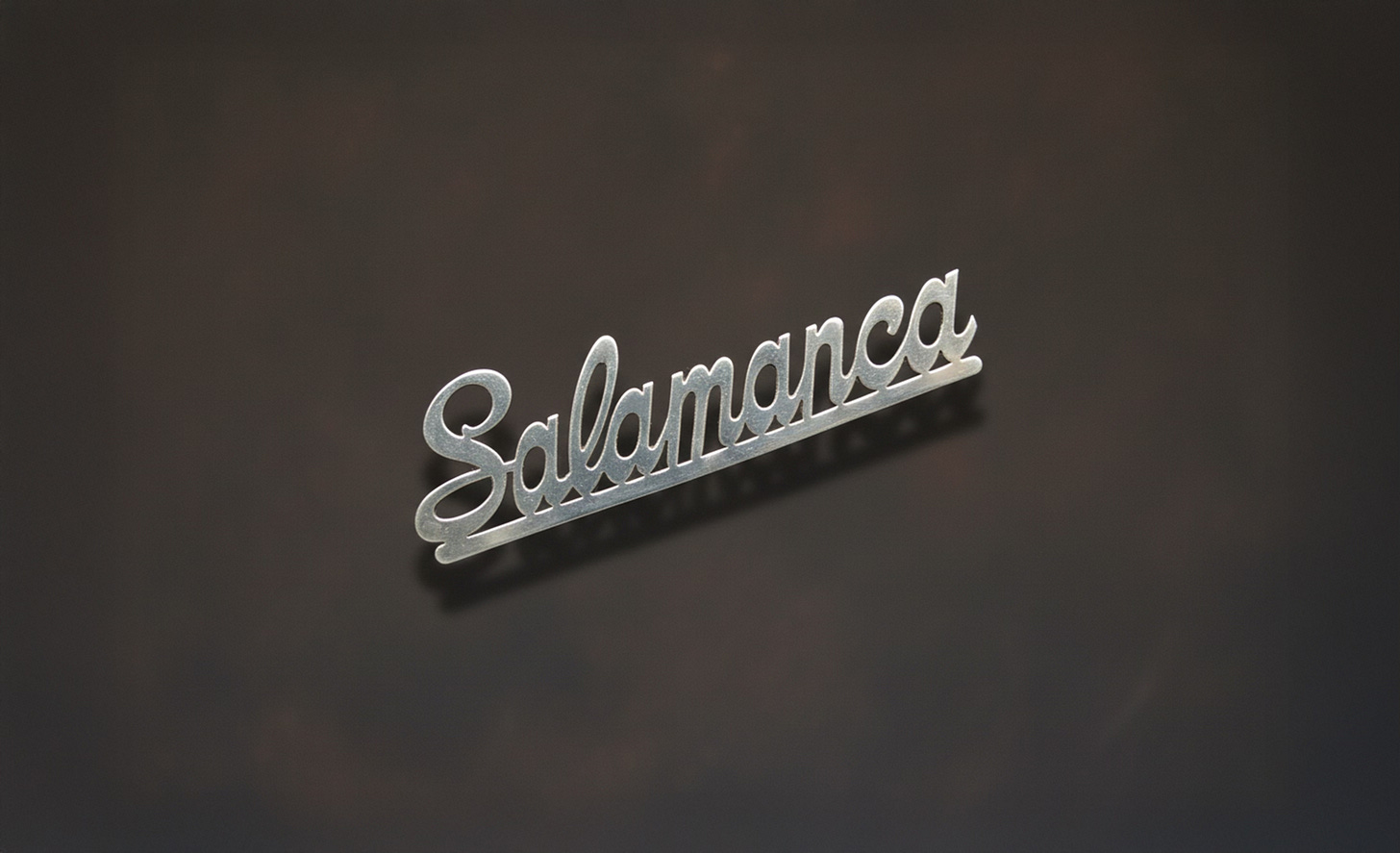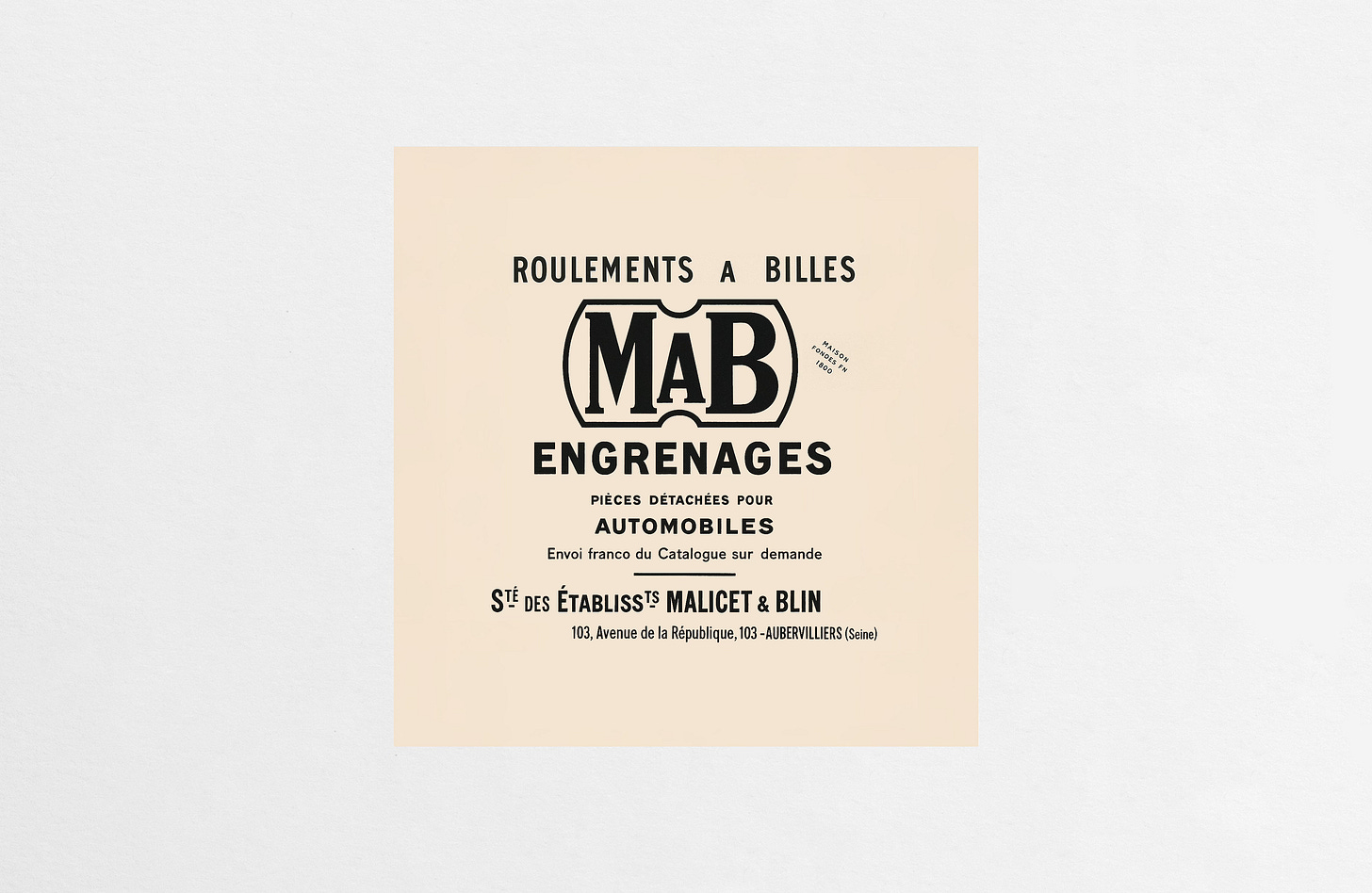Salamanca
Barcelona, Spain.
The Salamanca: A Forgotten Spanish Pioneer of the Early Automobile Age.
At the dawn of the 20th century, when cars were still more experiment than machine, the Marquis of Salamanca ventured into the new world of motoring with a spirit of innovation and craftsmanship. What he built wasn’t just another automobile—it was a rare fusion of French engineering and Spanish ingenuity.
The car you see below, chassis No.34, houses a 1,424 cc, single-cylinder engine producing 8 horsepower at 800 rpm. The mechanical components came from the French firm MaB (Malicet & Blin), whose engines and transmissions were among the most respected of their time. The Marquis, who served as MaB’s importer in Spain, installed these parts into a vehicle of his own design—one with distinctly peculiar characteristics.
Unlike most cars of the period, this Salamanca featured a chassis made entirely of wood, as were its fenders. The front axle was forged steel, and the wheel bearings were bronze, not ball bearings—a reflection of early automotive simplicity and durability. The gas pedal could be operated both by foot and by hand, with a clever locking mechanism that required the use of the clutch to disengage it. Even at this early stage, attention to driver comfort and control was evident.
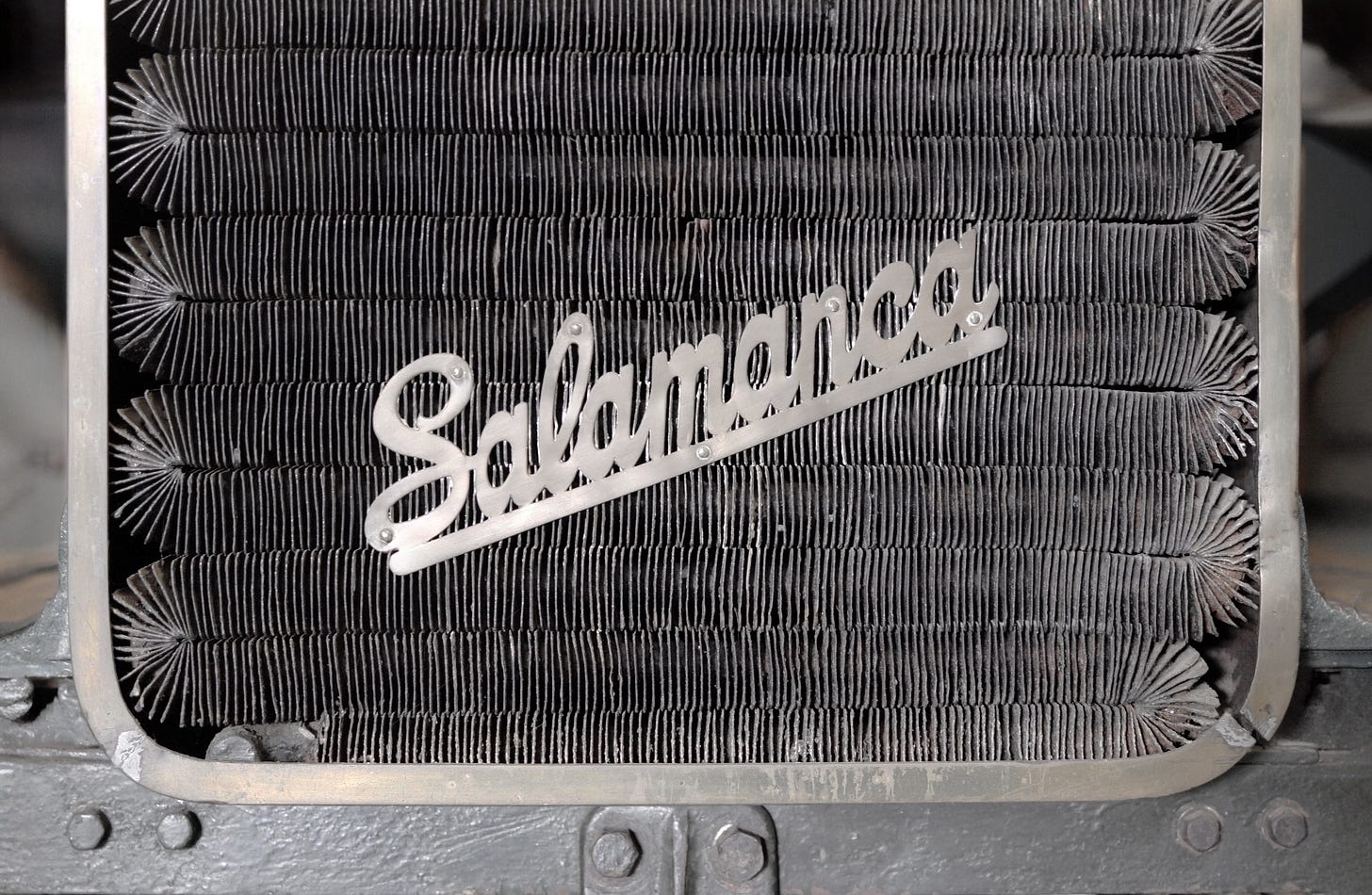
The overall result is a car that feels more handcrafted than manufactured—a product of a time when automobiles were personal statements of creativity, not mass-produced commodities. With its three-speed gearbox and reverse, the Salamanca 8 HP was both functional and forward-thinking, a bridge between carriage and car.
By 1905, the Marquis of Salamanca shifted his focus to automobile importation, most notably becoming Spain’s representative for Rolls-Royce. But before that transition, his brief experiment in car construction left behind this fascinating artifact—a testament to the early ambitions of Spanish motoring and the experimental freedom of the pioneer era.
Today, this 1904 Salamanca stands as a rare survivor at Col·lecció d’Automòbils Salvador Claret, not only of its maker’s vision but of an age when the line between engineering and artistry was beautifully blurred.

